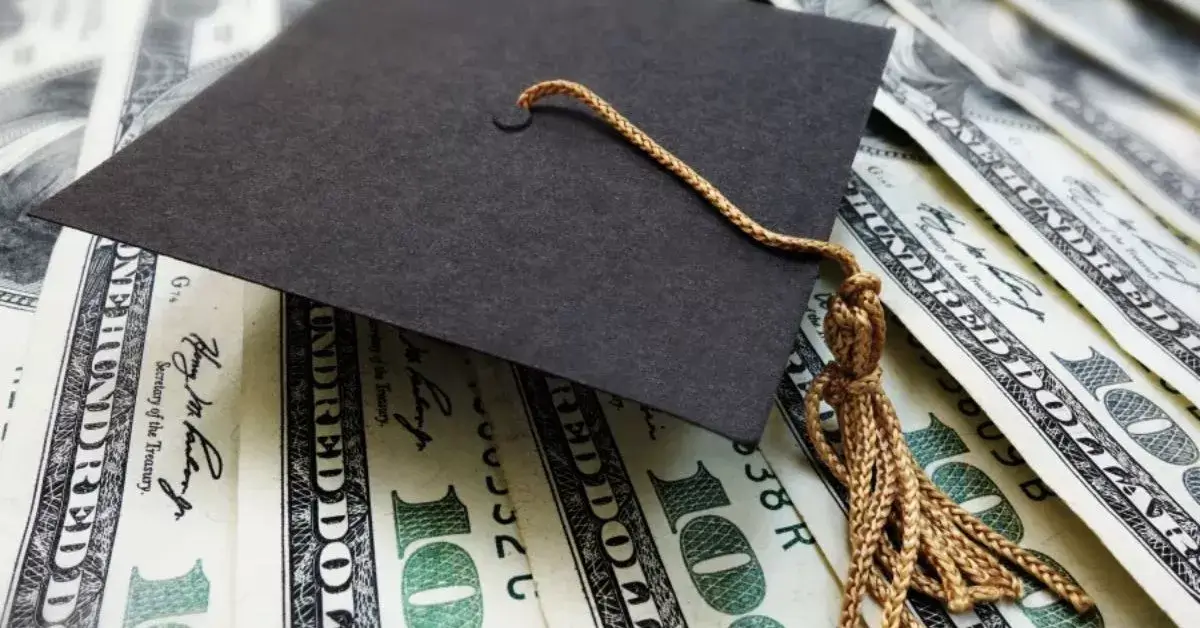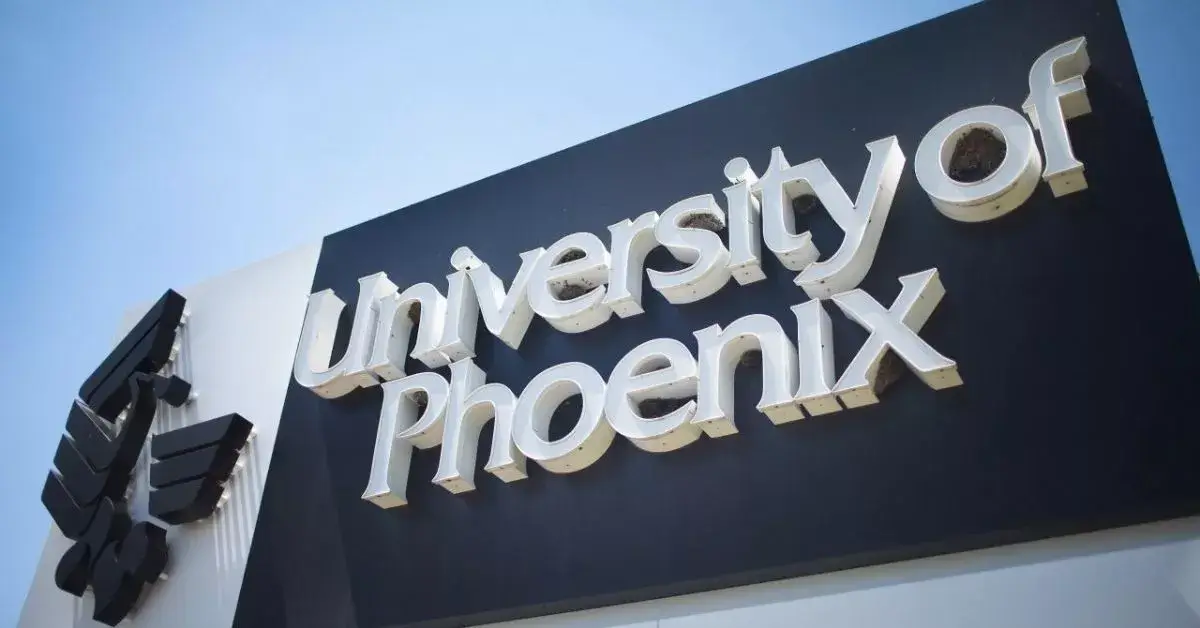More than 1,200 University of Phoenix alums have had roughly $37 million in federal student loan debt forgiven thanks to a recent announcement from the Biden administration. The for-profit university was shut down after it was discovered that it had lied to its students about their chances of getting hired.
Borrowers who qualify for debt relief from the Department of Education will be notified sometime in early October. The government will notify loan servicers to temporarily suspend payments on behalf of concerned borrowers until the debt is officially cancelled.
Study Keys
Biden stated in a statement that the forgiven borrowers “were cheated into believing” that a degree from the University of Phoenix would lead to “promising career prospects” with Fortune 500 corporations when in fact, no such opportunities existed. Like Ashford University in San Diego and CollegeAmerica in Colorado, the University of Phoenix is a for-profit institution that has been accused of student loan fraud.
The Federal Trade Commission alleges that the University of Phoenix, a for-profit institution that touts itself as a “online college for working adults,” made misleading claims that it collaborated with firms including Microsoft, Twitter, Adobe, and Yahoo to help students find employment.
Despite having his first loan forgiveness plan ruled down by the Supreme Court in June, the Biden administration has forgiven $117 billion in debt for more than 3.4 million borrowers.
CHIEF CRITIC
In a statement to Forbes, a University of Phoenix spokesperson said they “respectfully, but adamantly disagree” with the Department of Education’s allegations against them related to the FTC settlement. “While the University is not against relief for borrowers who have valid claims, we intend to vigorously challenge each frivolous allegation and suspicious claim through every available legal avenue,” the spokesperson said.
How To Apply For Student Loan Forgiveness?
Applying for student loan forgiveness can provide much-needed relief from the burden of student debt. There are several forgiveness programs available, each with its own eligibility criteria and application process. Here’s a general overview of how to apply for student loan forgiveness:
- Identify Your Loan Type:
- Determine whether you have federal or private student loans. Loan forgiveness programs primarily apply to federal loans, so it’s crucial to know your loan type.
- Research Eligibility:
- Understand the eligibility requirements for the specific loan forgiveness program you intend to apply for. Some programs are based on factors like your profession, income, or repayment plan.
- Choose the Right Forgiveness Program:
- Select the forgiveness program that best aligns with your circumstances. Common federal forgiveness programs include Public Service Loan Forgiveness (PSLF), Teacher Loan Forgiveness, and Income-Driven Repayment (IDR) forgiveness.
- Meet the Minimum Requirements:
- Ensure that you meet the minimum criteria for the program. For example, PSLF requires you to work in qualifying public service employment for at least 10 years while making 120 qualifying payments.
- Consolidate Your Loans (if needed):
- If you have multiple federal loans, you may need to consolidate them into a Direct Consolidation Loan. This is often a requirement for PSLF, as only Direct Loans are eligible.
- Complete the Application:
- Obtain and complete the appropriate forgiveness program application form. Each program has its own application, so make sure you choose the correct one.
- Gather Required Documentation:
- Collect any necessary supporting documents, such as employment certification forms, tax records, or income verification documents. These may be required to prove your eligibility.
- Submit Your Application:
- Submit your application and any required documentation to the designated loan servicer or agency. Make sure to follow the submission instructions carefully.
- Monitor Progress:
- Keep track of your application’s progress and maintain accurate records of your payments and qualifying employment. This documentation will be essential for the forgiveness process.
- Await a Decision:
- The processing time for forgiveness applications varies, so be patient. Once your application is reviewed, you’ll receive a decision regarding your eligibility for loan forgiveness.
-
Continue Making Payments (if applicable):
- While your application is being processed
Note: Remember that student loan forgiveness is not guaranteed, and eligibility requirements vary depending on the program. It’s essential to research your options, gather necessary documentation, and follow the appropriate application process. Additionally, staying informed about changes in student loan forgiveness policies and regulations is crucial as programs may evolve over time.

